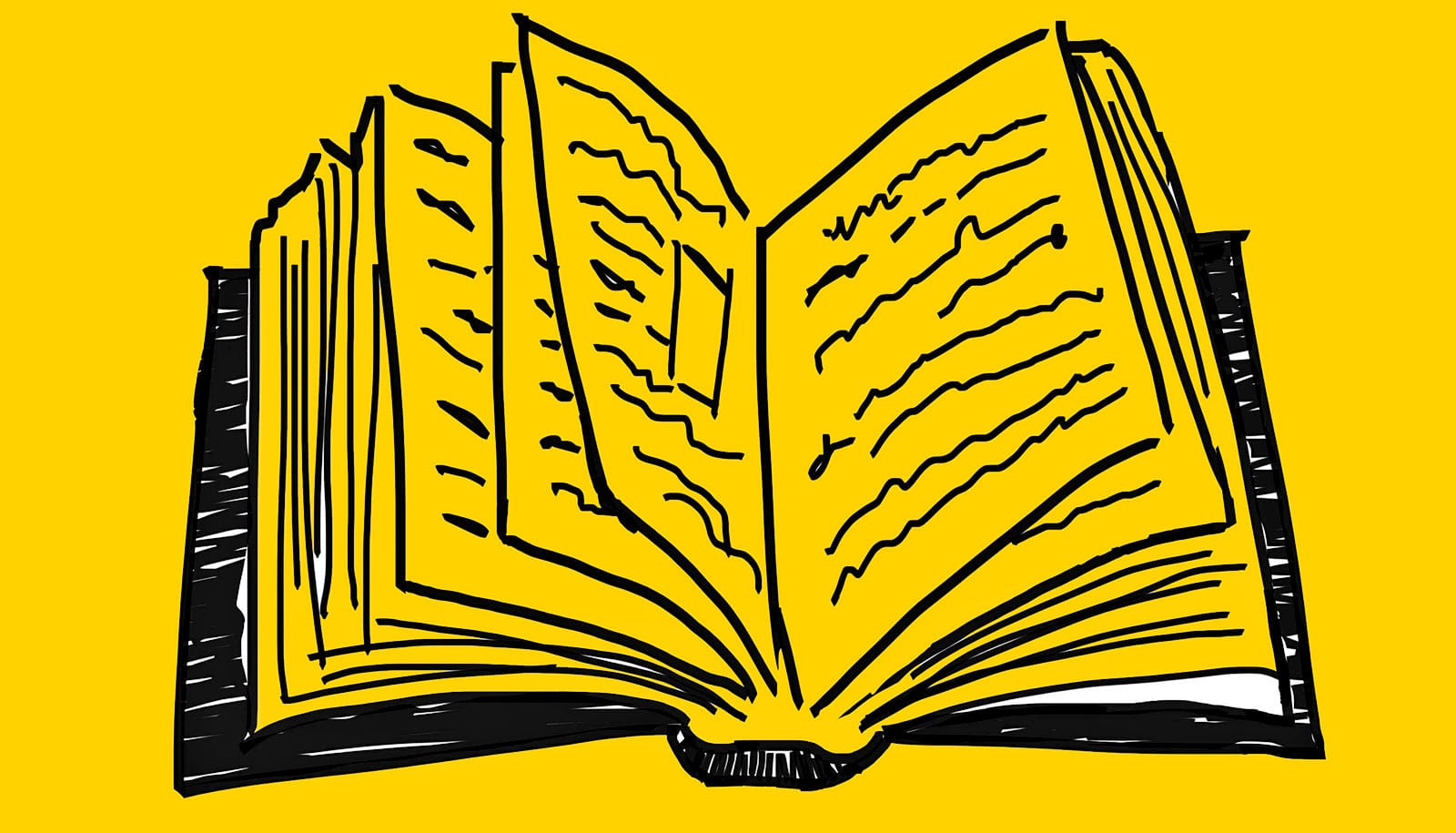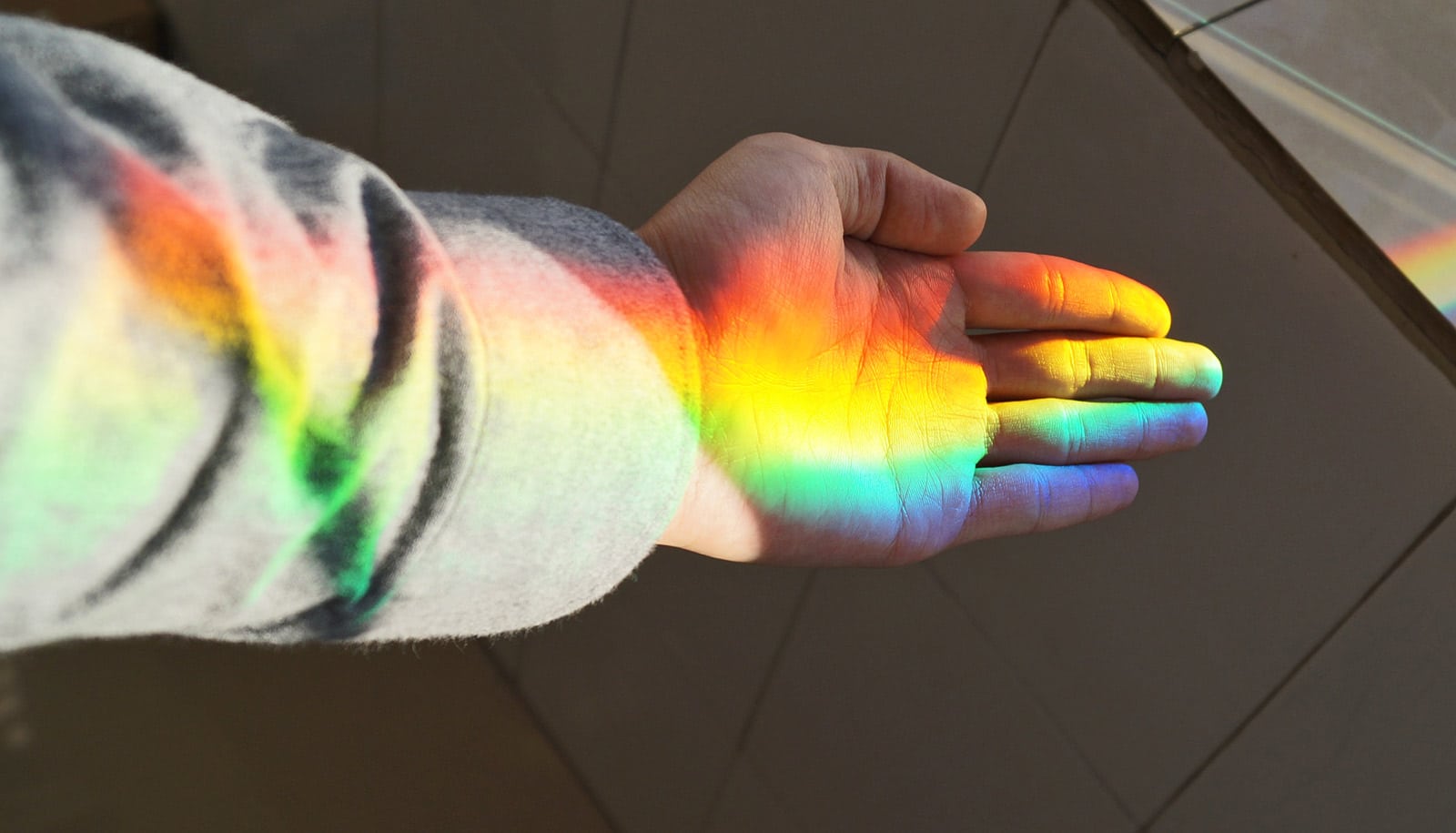A new paper explores the problems with physics culture and provides a road map for making departments in the field more equitable.
Physics has long suffered from the perception that the most cutting-edge work is done by lone geniuses, usually white men.
It’s a bias that’s seeped into how instructors interact with their students, and even into how students think about themselves. Prior research has shown that female students who get A’s in introductory physics think they’re as good at physics as male students who get C’s.
“If we really want to actually give every student the opportunity to do well, then we need to think very carefully about our role in either perpetuating the culture or changing the culture,” says Chandralekha Singh, a professor in the Kenneth P. Dietrich School of Arts and Sciences at the University of Pittsburgh who directs the Discipline-based Science Education Research Center. “Physicists, and especially those in positions of power, have a major role to play in improving the physics culture.”
Singh’s paper in Nature Physics pulls together research from 120 physics studies diagnosing the problem and offering potential solutions. That number wasn’t limited by the available research—it was just how many references the journal would allow.
And a number of those are studies Singh herself published across decades of research on ways to improve the physics learning environment. She coauthored the paper with her former PhD student Alexandru Maries, now an associate professor at the University of Cincinnati.
Among their research-backed recommendations are ways instructors can shift their teaching and their department culture to give marginalized physics students the tools for success.
Even short interventions can make a marked difference: Singh points to one study showing the efficacy of a 30-minute session at the beginning of a physics course that tells students to expect and appreciate their struggle with the material. It’s an antidote to the idea that successful students enter college already fully formed as physicists.
“That short intervention has a big impact: It reduces the gender gap and the gap between racial and ethnic minority students and majority students,” Singh says.
Such interventions, along with changes like instituting codes of conduct and diversifying the physics faculty, are just a few of the many recommendations the duo provide in the paper for creating a better physics culture. There are departments that take these lessons to heart, creating environments where women of color thrive. But there are many more, Singh says, where such systemic change is prevented.
“All of these studies confirm this big picture issue of physics culture: The fact that those in the position of power might be saying they’re trying to do things that are along the lines of diversity, equity, and inclusion, but that is really not the case when it comes to true commitment to systemic change in the physics culture,” she says.
Administrators choose who to promote, Singh also notes: Is it the researcher who is dismissive of struggling students or the one who brings them into the fold? Is it the mentor who consistently hires women of color or the one whose lab photo looks like it might have been taken in 1960?
Choices like those mold the culture of a space over time—and, in turn, shape the experiences of physicists-in-training who are making decisions that will influence their careers for decades to come.
“I think that the solution can only come from accountability on the part of the top people and understanding what their role is in perpetuating the culture,” Singh says. “We need the top-down and bottom-up approaches working together to make a difference.”
Source: Patrick Monahan for University of Pittsburgh



